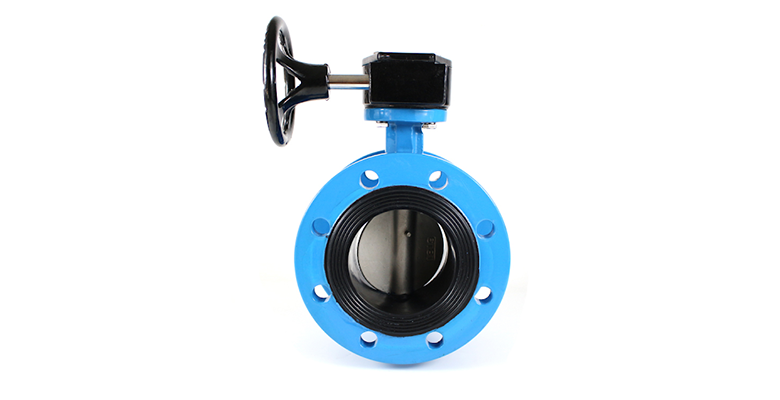Testing a variable valve timing solenoid on your car is a relatively easy process that can help you determine if it needs to be replaced. In this guide, we’ll show you how to do it step by step. Keep in mind that testing the solenoid should only be done as a last resort, as there could be other causes for poor engine performance that need to be addressed first. If you’re not comfortable with performing this test yourself, take your car to a mechanic and have them do it for you.
What is a Variable Valve Timing Solenoid?
A variable valve timing solenoid is a part of the engine that regulates the time at which the valves open and close. This process is called variable valve timing, or VVT. These solenoids are controlled by sensors, which tell them when to open and close the valves. They will also adjust based on driving conditions, such as when you are accelerating or decelerating. They can be used with both manual and automatic transmissions in cars, trucks, motorcycles and other vehicles.
How To Test Variable Valve Timing Solenoid
Here are 7 steps to test a variable valve timing solenoid:
- Remove the air cleaner from the carburetor.
- Disconnect the negative battery cable from the battery.
- Unscrew and remove the valve cover from the engine block. Set it aside in a safe place where it won’t get dirty or damaged. The valve cover will be removed so that you can access the variable valve timing solenoid on top of the cylinder head.
- Locate and disconnect the electrical connector located on top of the variable valve timing solenoid with an appropriate sized socket wrench or ratchet and extension bar, depending on your socket set size. Set aside in a safe place where it won’t get dirty or damaged as well. It is important to keep these parts together because they are all specific to each other, especially if you are going to be reinstalling them at any point in time after testing is complete. Make sure that you do not mix up any of these parts with other components!
- Now that everything is disconnected, you can go ahead and remove whatever fasteners are holding down your variable valve timing solenoid to your cylinder head using either a ratchet and socket or an appropriately sized wrench for whatever fasteners your particular engine has holding down its VVT solenoid to its cylinder head surface area (it may be different than what I have shown here). Once all fasteners are removed, you can then lift out your VVT solenoid from its position on top of your engine block’s cylinder head surface area, being careful not to drop anything into your engine’s open chamber while doing so!
- Now that you have your VVT solenoid out of the way, you can go ahead and test it by using a multimeter to check its resistance against ground. You will want to use the lowest ohms scale on your multimeter before proceeding with this step. If it is not working properly, then you should be able to see a reading of infinite resistance (infinite ohms) between the VVT solenoid’s two terminals and ground. If there is no reading at all, then it is most likely bad!
- Once you have finished testing your VVT solenoid for continuity, set aside in a safe place where it won’t get dirty or damaged as well (if it does not pass the continuity test). It is important to keep these parts together because they are all specific to each other, especially if you are going to be reinstalling them at any point in time after testing is complete. Make sure that you do not mix up any of these parts with other components!
What happens when VVT solenoid goes bad?
When the VVT solenoid goes bad, the engine will have a hard time going into the correct camshaft timing position that it is supposed to be in. This can cause a variety of driveability problems, including rough idle, misfire codes and stalling. The vehicle may also hesitate when accelerating from a stop or when coming up to speed on the highway. If you are experiencing any of these symptoms, then it is important to have your VVT system checked by a professional technician.
What are common symptoms of a bad variable valve timing solenoid?
A bad variable valve timing solenoid will cause the Check Engine Light to illuminate because it is not allowing enough air into the combustion chambers. This will cause poor performance and possibly stalling out. You may also experience lack of power, hesitation, and rough idle. There may be other symptoms as well, depending on what else is going wrong with your car.








